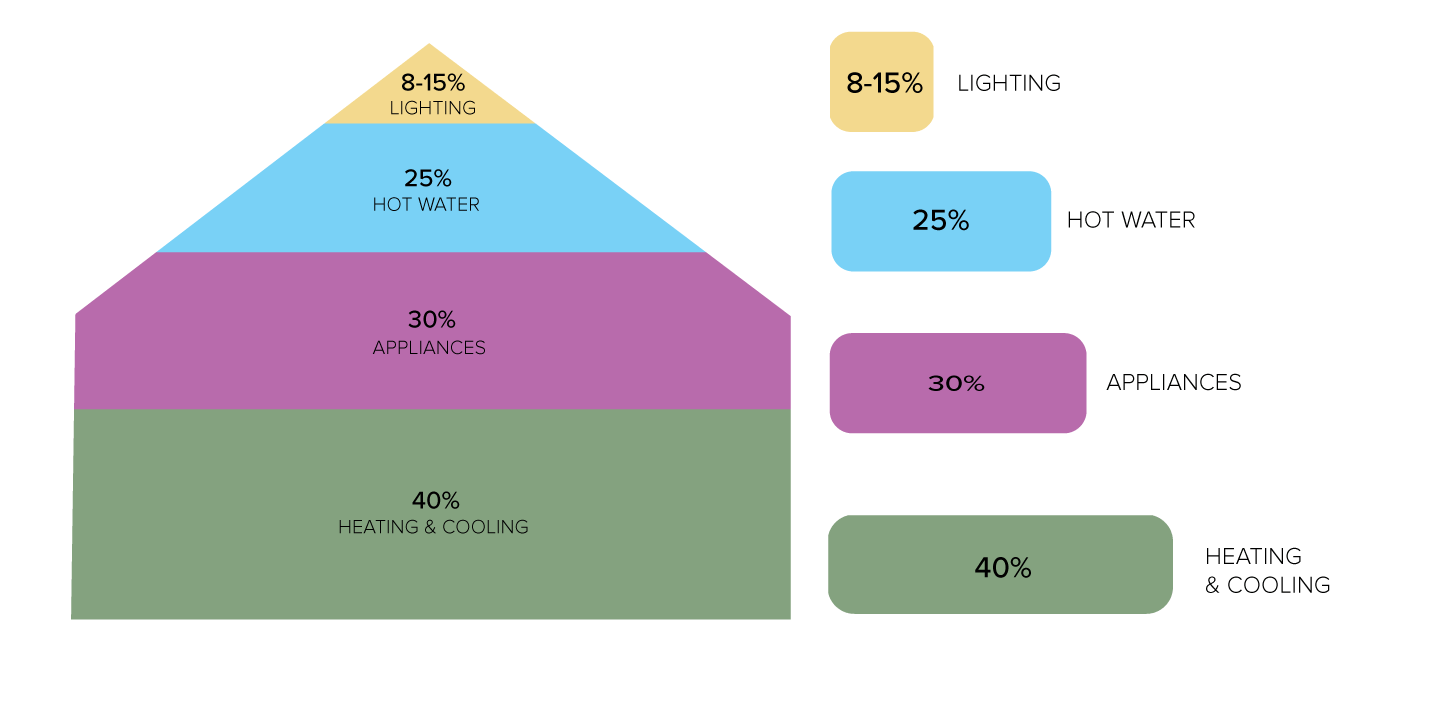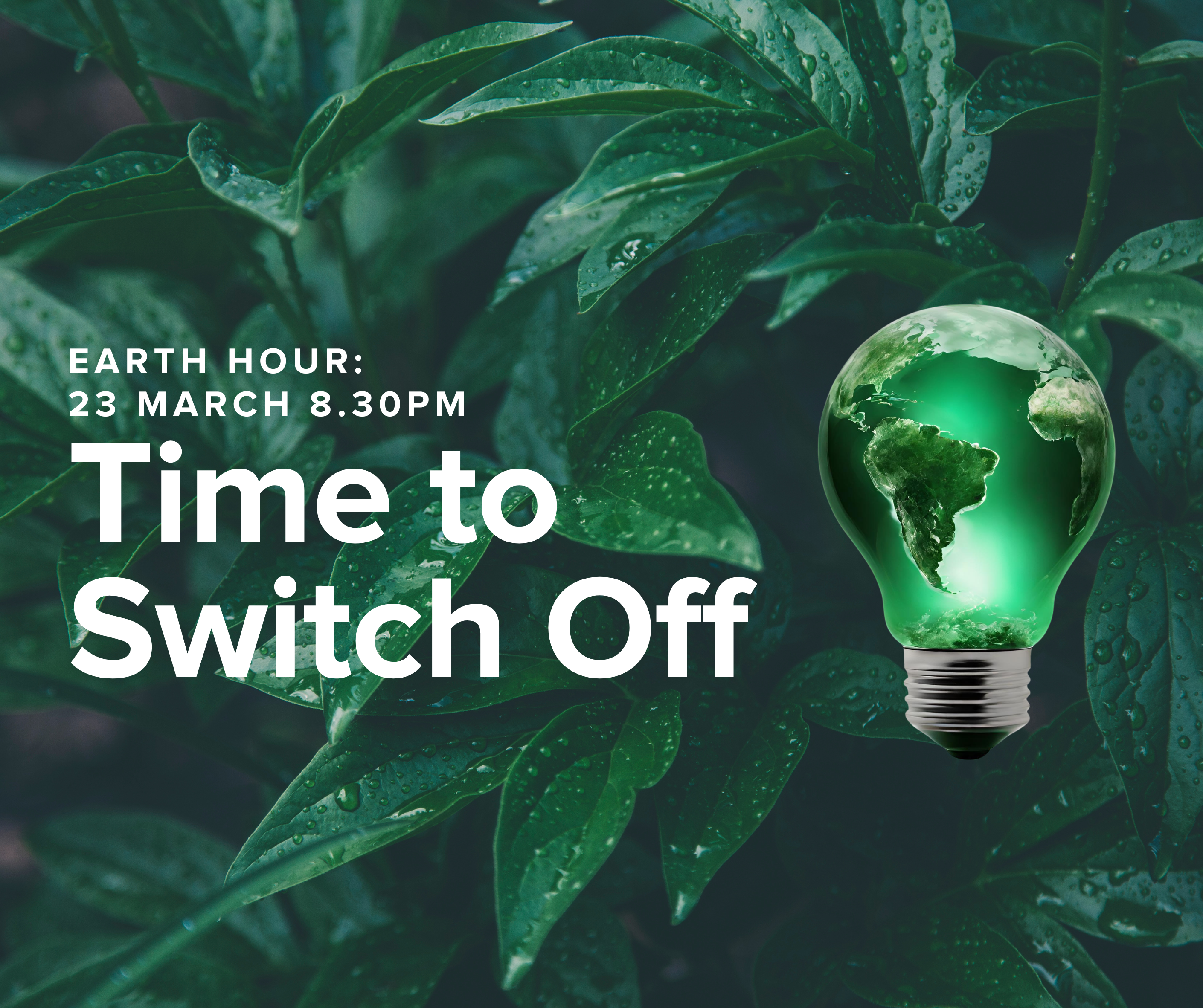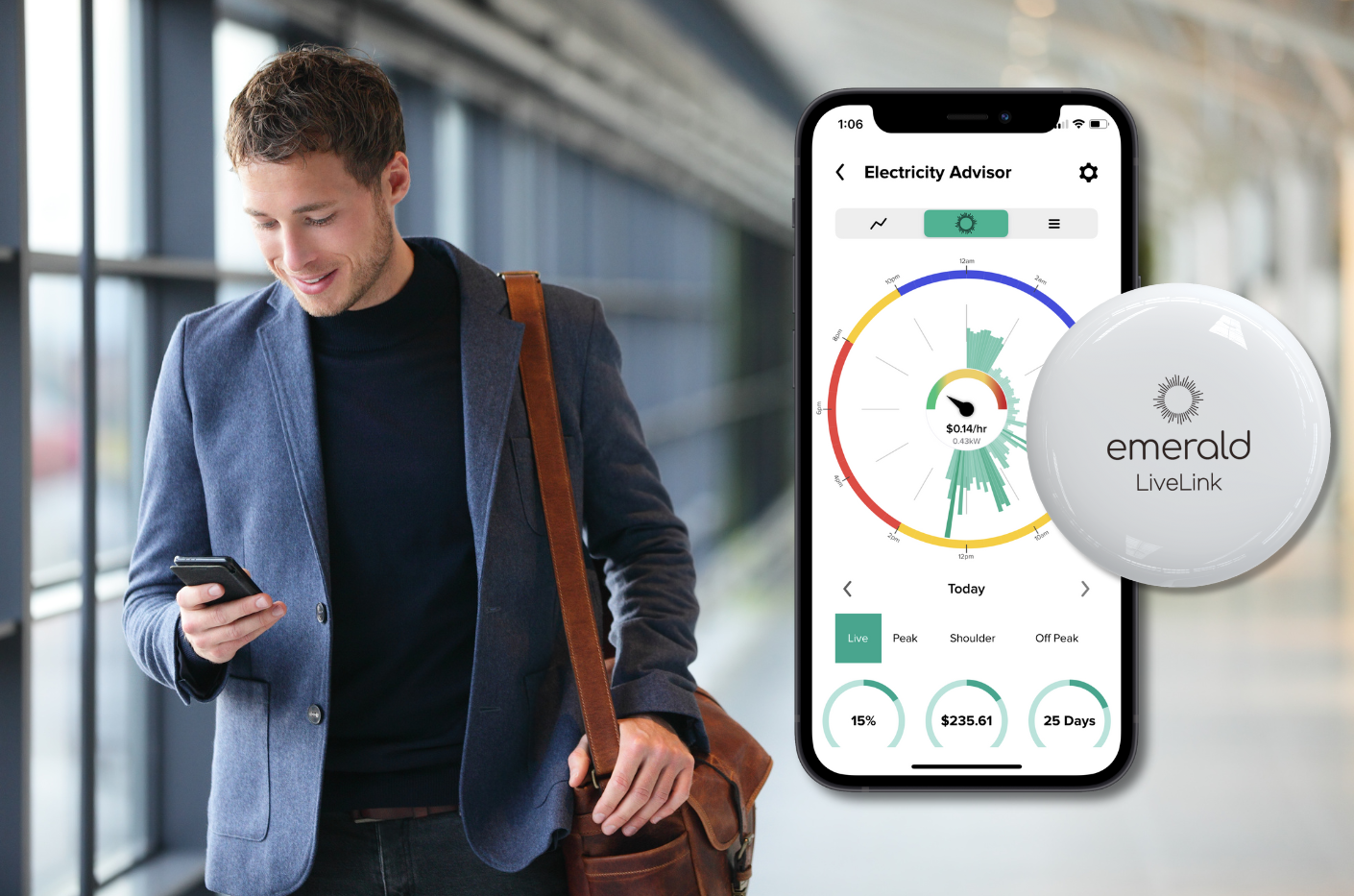
What Uses The Most Electricity In Your Home?
 While it can sometimes feel like there’s not much you can do with electricity price increases, understanding the biggest energy guzzling appliances in your home can help you prioritise energy saving techniques and maximise savings. Read on to learn how you can make a few changes to help you save on your bills.
While it can sometimes feel like there’s not much you can do with electricity price increases, understanding the biggest energy guzzling appliances in your home can help you prioritise energy saving techniques and maximise savings. Read on to learn how you can make a few changes to help you save on your bills.
1) Heating and Cooling (40% of home energy use)
Heating and Cooling are the biggest electricity use, accounting for 40% of the average Australian household energy use. You can make many easy changes to make your home more comfortable while minimising your electricity costs.
- Draught proof your home and Insulation. Prevent heat loss in winter by filling in gaps around your doors and windows and installing removable chimney seals.
- Invest in an energy efficient heater/air-conditioner. Reverse cycle air conditioners are one of the most energy efficient heaters available, with the added ability to switch to cooling in summer. If you cannot update heating options in your home while renting, look out for energy efficient portable heaters suited for the size of your room. In summer, fans are the most energy efficient cooling method. They cost around 3 to 5 cents an hour to run.
- Close off rooms when not in use. Shut doors and vents of unused rooms while the heater is on and close your curtains or blinds to keep the heat from escaping through windows.
- Keep your thermostat between 18-20 degrees in winter and 25-27 degrees in summer. Every degree outside this range can increase your energy use by 5-10%.
- Open curtains and blinds in winter to let the sun warm up the house during the day. In summer, open your windows and doors in the cooler times of the day to naturally cool and ventilate your home.
- If you have a large room to heat, use fans to circulate warm air around the home while the heating is on. Switch the fan into winter mode, moving air warmed by the heater on top of the roof to fall back down to the room. In summer, fan blades can be switched in the opposite direction.
2) Appliances (30% of home energy use)
Second, on the list of the biggest electricity use are appliances in your home. Some of the biggest energy gobblers include your fridge, TVs and computers, adding up to 30% of your home’s energy use on average.
- Track your biggest energy gobblers with your emerald EMS app. You can see which appliance is more energy efficient – for example, if you have a few heating options or a second fridge.
- Turn appliances off when not used at the power outlet. Many modern appliances use standby power and may run background functions even when not in use.
- Invest in energy efficient appliances, considering not only the upfront costs but also the running costs over the appliance’s lifetime. The Energy Rating website has a useful calculator allowing you to calculate and compare the savings of different brands and appliances.
3) Hot Water (25% of home energy use)
Hot water is your home’s third biggest energy usage, accounting for up to 25% of your energy bill, sometimes more in winter, as people take longer and hotter showers to keep warm.
- Investing in a heat pump hot water system can save you up to 80% on hot water costs.
- Set your water temperature to 60 degrees for storage in hot water systems and no more than 50 degrees on instantaneous systems.
- Washing clothes with cold water can save ten times more energy than a warm wash.
- If you are away on holiday for more than a week, turn off your storage hot water system.
4) Lighting (8-25% of home energy use)
While lighting might be the last on this list of biggest energy use, it is also one of the easiest and most affordable things you can upgrade.
- Switch to energy efficient lighting. LEDs use around 80% less energy than older ones and last longer.
- Use natural sunlight when possible. Open windows and curtains, allowing natural light to brighten up the home.
- Lighter coloured furnishings and reflective surfaces can also reduce the need for artificial lighting.
- Switch lights off when you leave the room or the house.


